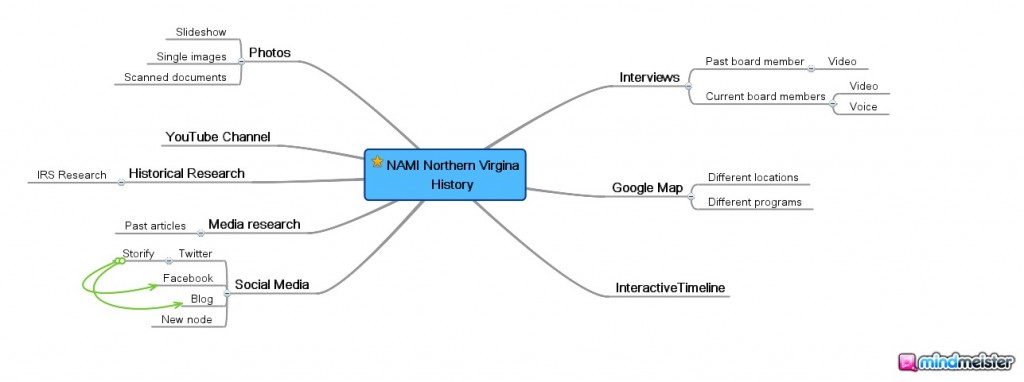Summary: Video provides a compelling medium for telling a story. Quality can range from the highly produced to a grainy web cam, depending on whether it appears on broadcast television or on the Web. The quality versus quantity debate is irrelevant in online journalism, a compelling video does not have to be aesthetic perfection.
Everyone has access to a video capturing device, whether it is a professional camera, or the camera on a cellphone. A shaky, grainy video clip has the same impact as a professionally edited piece if the content is compelling. Learning some basic techniques in planning your video will help in making your video content all the more engaging.
Plan your video
- Different projects warrant different approaches: Breaking news will consist of a series of short clips, while an investigative piece will be more of a documentary style.
- If you are recording breaking news, you may not not be able to catch the event as it happens, but you will be able to gather witness reactions and environmental footage.
- Investigative pieces or documentaries allow you to have more control. You need to decide who to interview and where you want to shoot. Because of this, storyboarding will be an important tool in organizing your piece.
- Storyboarding: Storyboards are rough sketches that help organize a multimedia piece. Storyboards consists of boxes moving from left to right with visual representations of the end product. A detailed explanation can be found here.
- Mix up your shots: A common mistake that beginning videographers make is moving around and zooming in and out excessively. Avoid giving your viewers motion sickness by recording a sequence of clips at different, yet fixed angles.
- Wide-shot: Good for giving the viewer the full scene.
- Medium shot: Gives the viewer a normal view, good for filming two-people or a person doing something.
- Close-up: Good for focusing on one subject.
Voice in video
Learning to be an effective interviewer is important. One should be able to build a rapport with a subject by showing knowledge about the subject or event in question. Building a rapport before you start recording is optimum. While interviewing, use visual cues such as nodding your head to convey interest. Above all, keep your voice to a minimum in the footage, the point is to hear what the interviewee has to say.
- Using voice overs: You can control your story using a voice-over, and it is an effective tool in providing background content to an image efficiently.
Practice visual storytelling
Some tips in telling a visual story effectively.
- Define your story in 20 seconds.
- Have a beginning, middle and end.
- Use short clips, don’t bore the viewer.
- Stick to one central idea.
- Characters make the story. Better characters equal better stories.
Publishing video online
The proliferation of Web sites such as YouTube, Metacafe and Vimeo allows anyone to publish a video online. Uploading is easy, and many of them can handle HD quality video. Create an account and using your email and start uploading.



